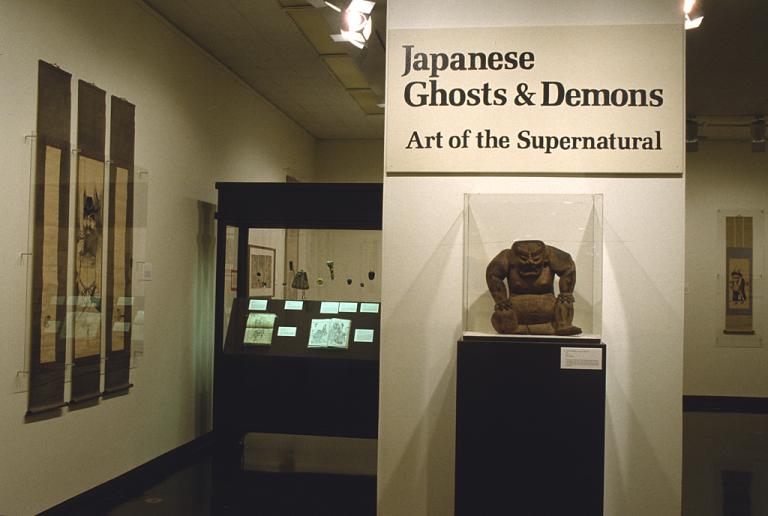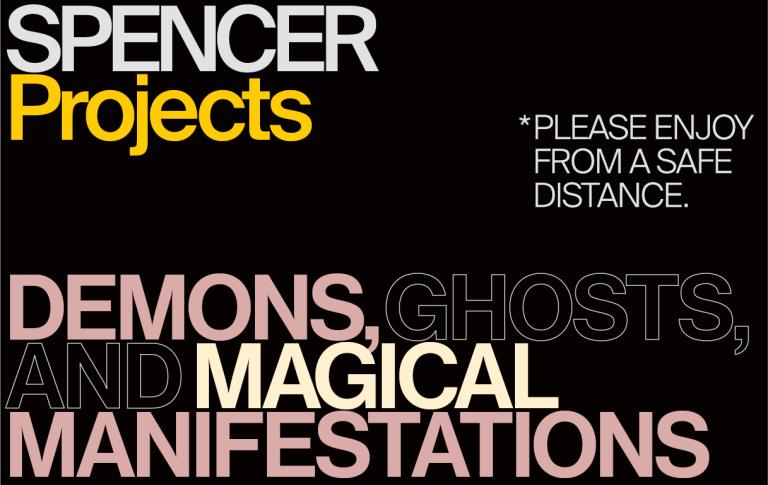Ariwara No Narihira as the Ghost of Seigen, Utagawa Kunisada
Artwork Overview
Utagawa Kunisada, artist
1786–1864
Ariwara No Narihira as the Ghost of Seigen,
1852, 10th month, Edo period (1600–1868)
Portfolio/Series title: Mitate Sanyū rokkasan no uchi (Selections from the Parody of 36 Immortal Poets)
Where object was made: Japan
Material/technique: color woodcut
Dimensions:
Image Dimensions Height/Width (Height x Width): 379 x 260 mm
Image Dimensions Height/Width (Height x Width): 14 15/16 x 10 1/4 in
Mat Dimensions (Height x Width): 19 x 14 in
Image Dimensions Height/Width (Height x Width): 379 x 260 mm
Image Dimensions Height/Width (Height x Width): 14 15/16 x 10 1/4 in
Mat Dimensions (Height x Width): 19 x 14 in
Credit line: Museum purchase
Accession number: 1982.0128
Not on display
If you wish to reproduce this image, please submit an image request








